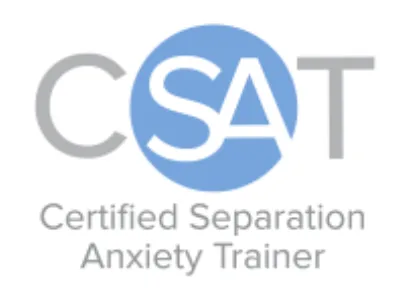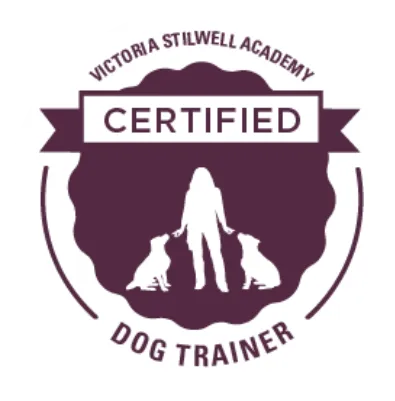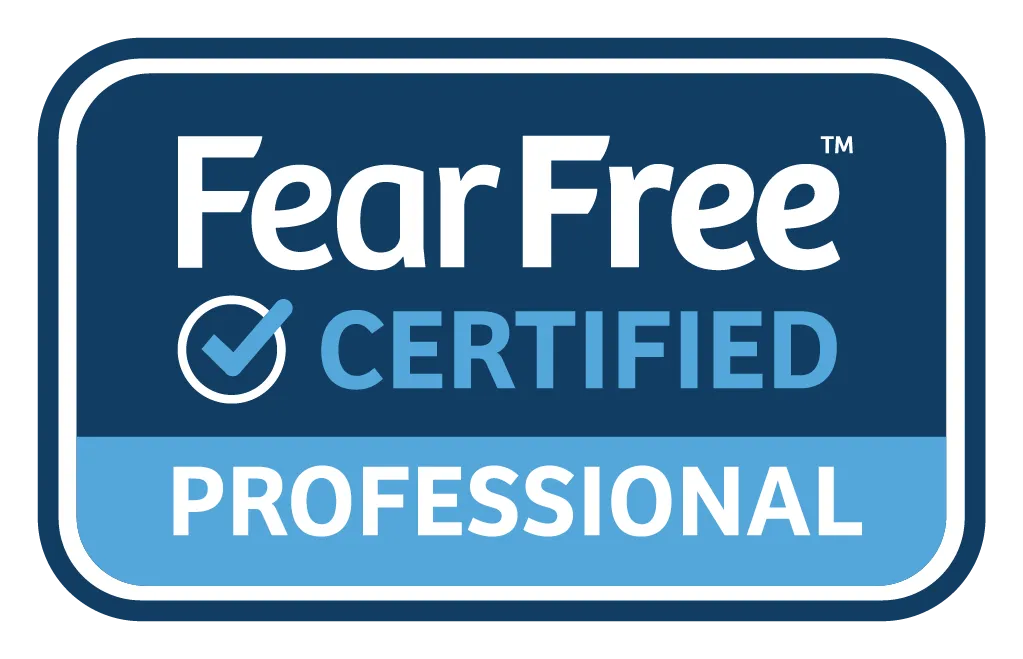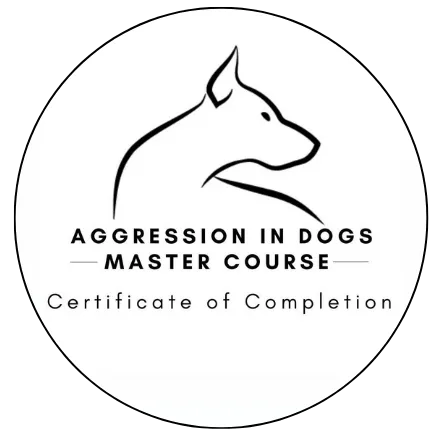Word choice matters!
What's the difference between Obedience and Skill-Building?

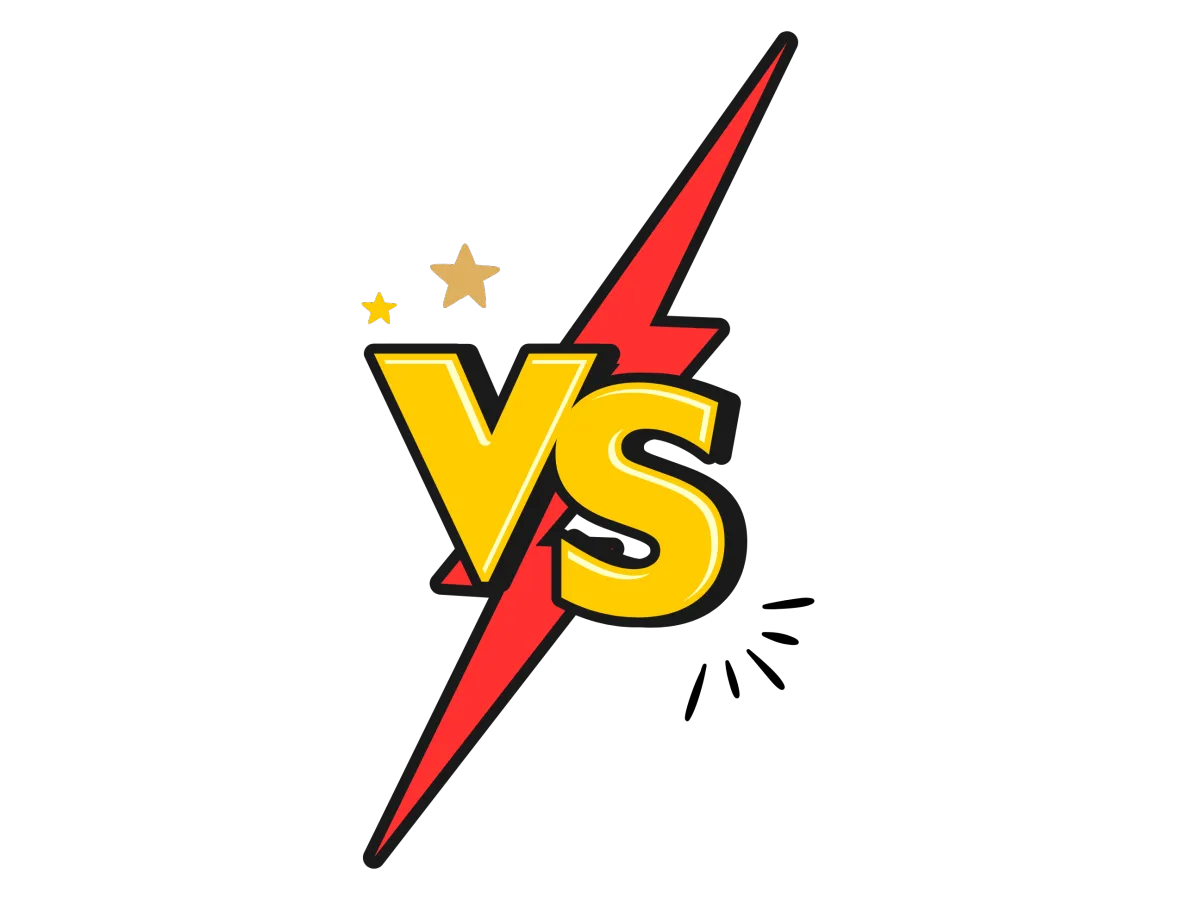


Expectation of compliance despite impact of other factors
Demands submission regardless of dog's needs, emotions, or reactions to stimuli.
Aims for immediate, precise responses to commands.
Prioritizes human's needs; moves at human's pace
Focuses on controlling your dog


Builds your dog's responsiveness around other factors
Understands and works with your dog's needs, emotions, and reactions to stimuli.
Builds dog's ability to respond fluently on cue in various situations.
Prioritizes dog's needs; progresses at dog's pace
Focuses on a partnership with your dog
Curious on how to build your dog training skills? Become a member and unlock entire library of online mini-courses!
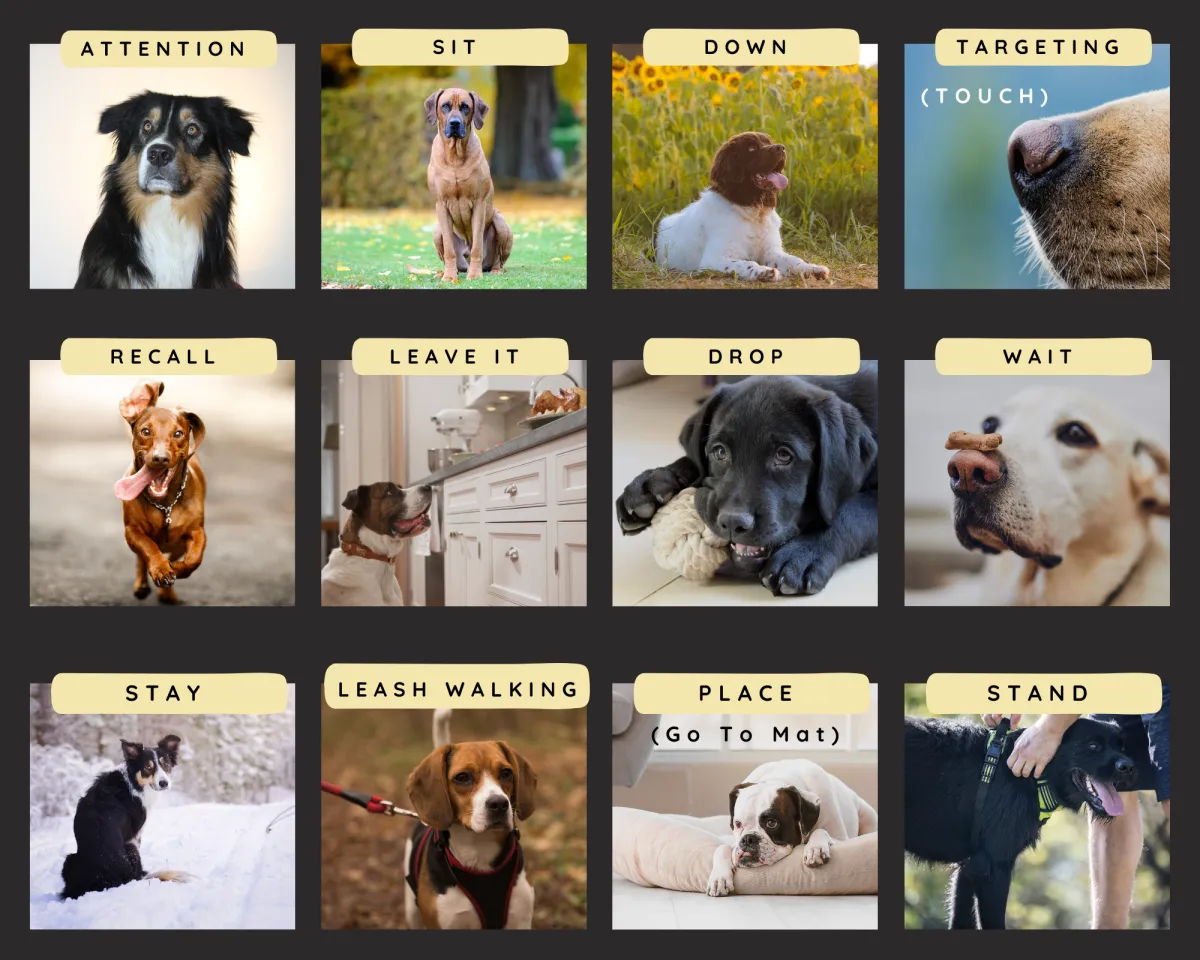
How Skills Help Behavior
There are 12 foundational skills that your dog can learn to use in most situations. Instead of saying "don't do that!", let's say "do this instead!"
Is your dog jumping like crazy when you get home? Let’s teach them to “stand” for greetings! Does your dog like to dash out the door the minute it cracks open? Let’s work on a teaching a reliable “stay”.
Foundational skills give your dog an alternative behavior to choose from so that you can live together in harmony. These skills can also be life-saving for a dog. A solid recall can stop a dog from running in front of an oncoming vehicle. A strong “leave it” can prevent a dog from eating toxic substances. Skill-building can also help a dog develop problem-solving skills, instill confidence, and strengthen your bond!
Check out some common misunderstandings about training!
Steps to Skill-Building
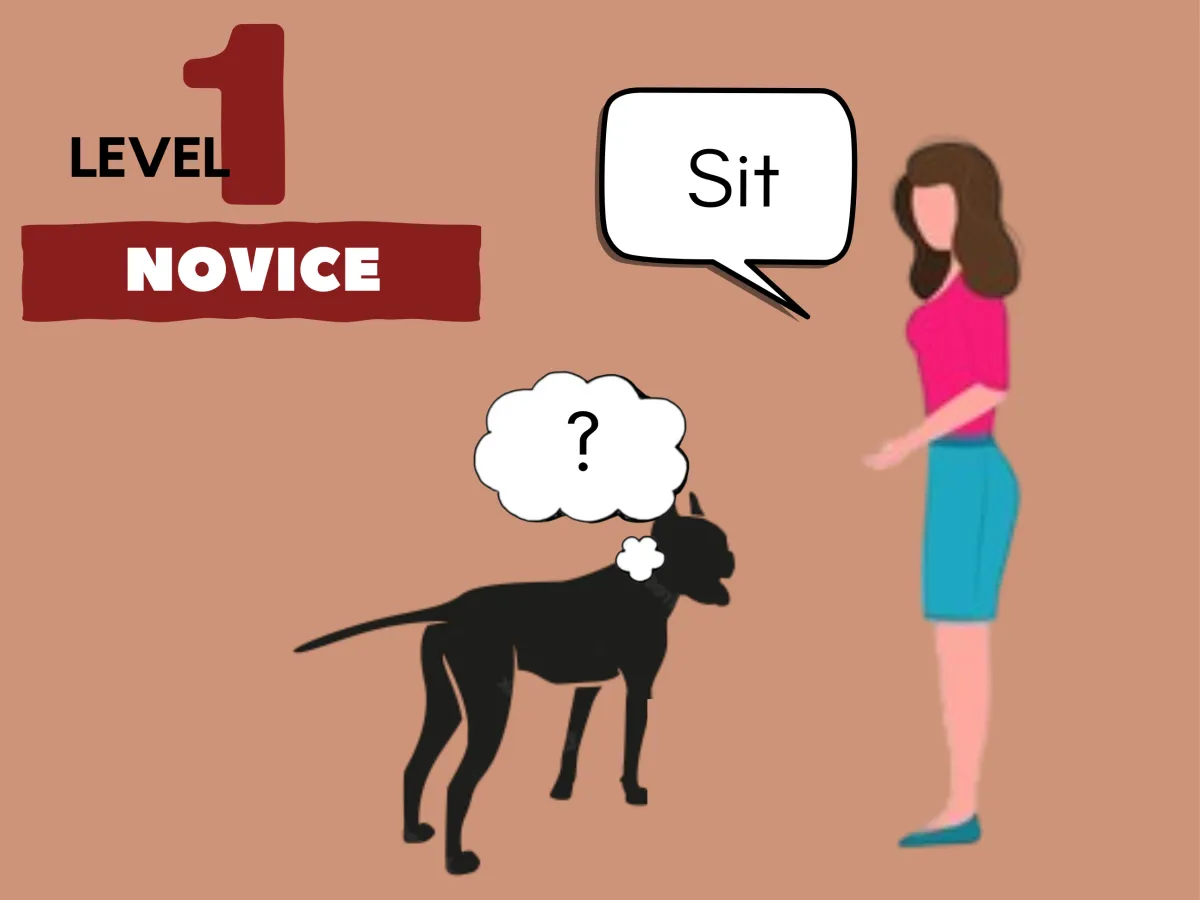
Level 1 - Novice
Your dog is learning brand new skills. A dog at the novice stage has never learned the cue, so at this level, they don’t understand what to do.
Training for novices happens in quiet, controlled, distraction-free environment. We focus on developing your dog's association with the behavior we want and motivating them to continue to offer that behavior.
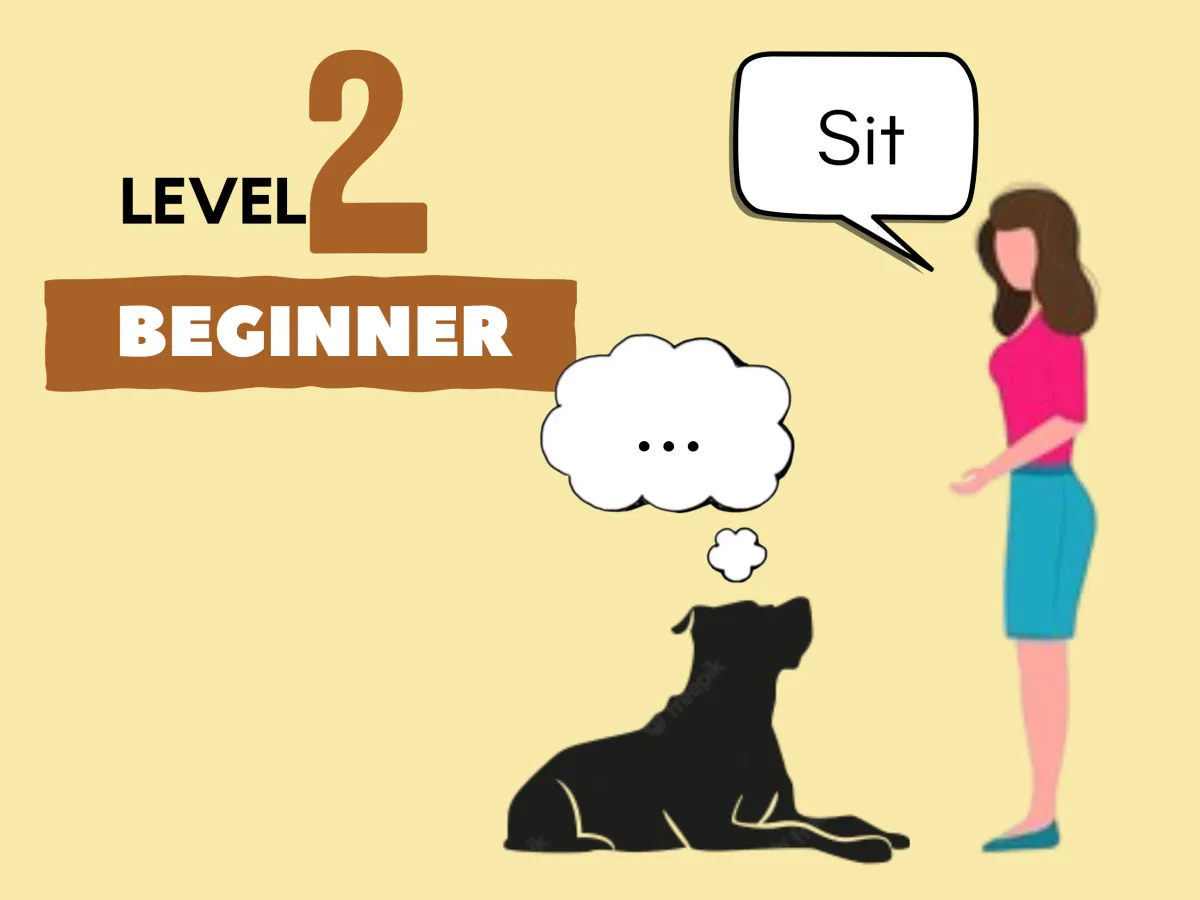
Level 2 - Beginner
When you ask your dog to sit, have you observed that sometimes they do, sometimes they don’t? In these situations, we can see your dog has some understanding of the behavior, and they simply need more practice with the cue itself. Beginner level is about building on the dog’s understanding and association of the desired behavior and your cue.
Training for beginners is in controlled, quiet, distraction-free environments where we continue word association.

Level 3 - Intermediate
If your dog is here, can likely respond to your cue most of the time. You might find they struggle to respond when there's distractions around, when the distance between you is bigger, or when they're feeling big emotions. At this point, we work on building fluency with those factors.
Intermediate training takes place with controlled distractions, as well as over controlled distances. As our dog's fluency builds, we can gradually make it harder.
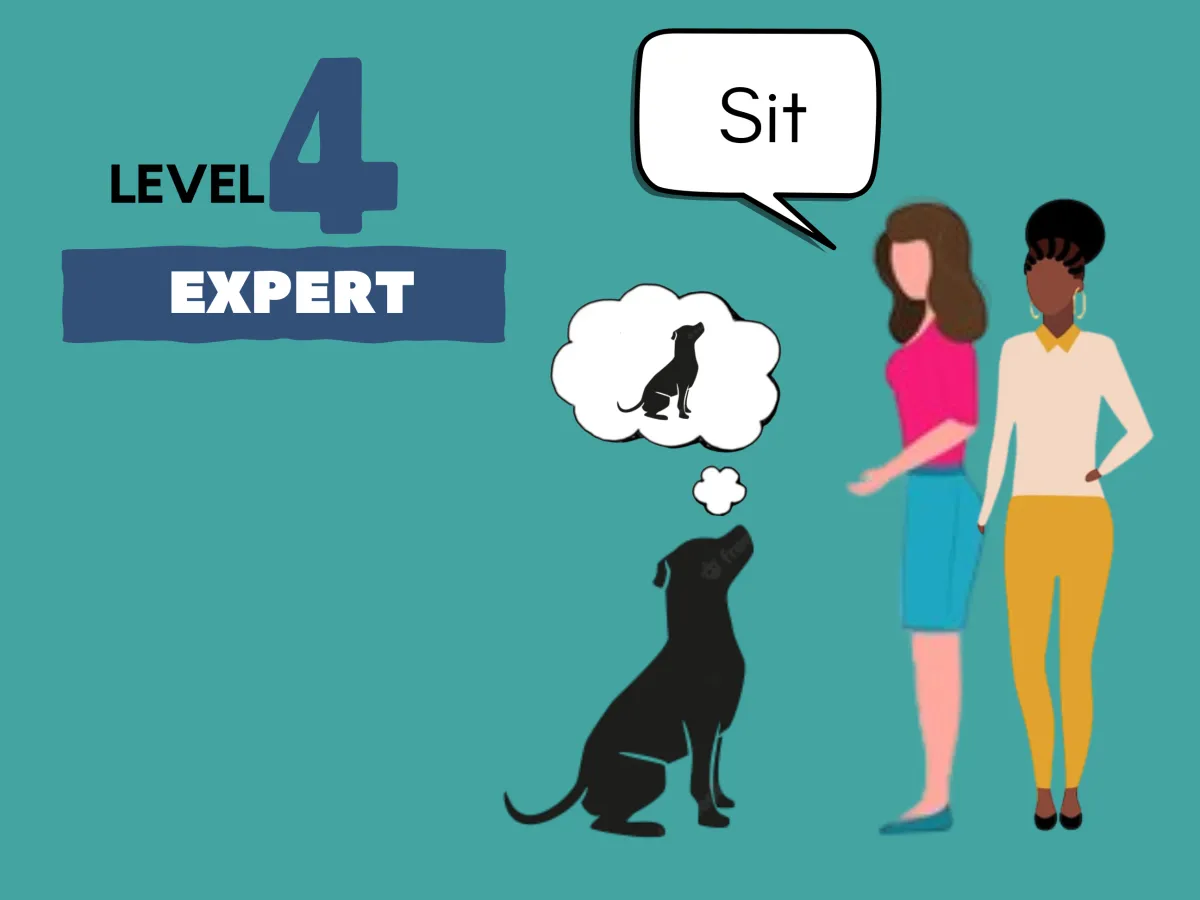
Level 4 - Expert
Dogs that have mastered the expert levels means they can respond to a cue reliably in various situations. This level of fluency is a great goal for training! Don't be discouraged if your dog achieves fluency in some skills but not others. Some skills need fluency. Others don't!
Even as an expert, your dog is still a sentient being and new stimulus may arise that can challenge their skill set. Continue practicing and reinforcing what you want!
Fluency
How do you know if your dog is fluent in a behavior? There are three aspects of fluency your dog must master before becoming an expert!
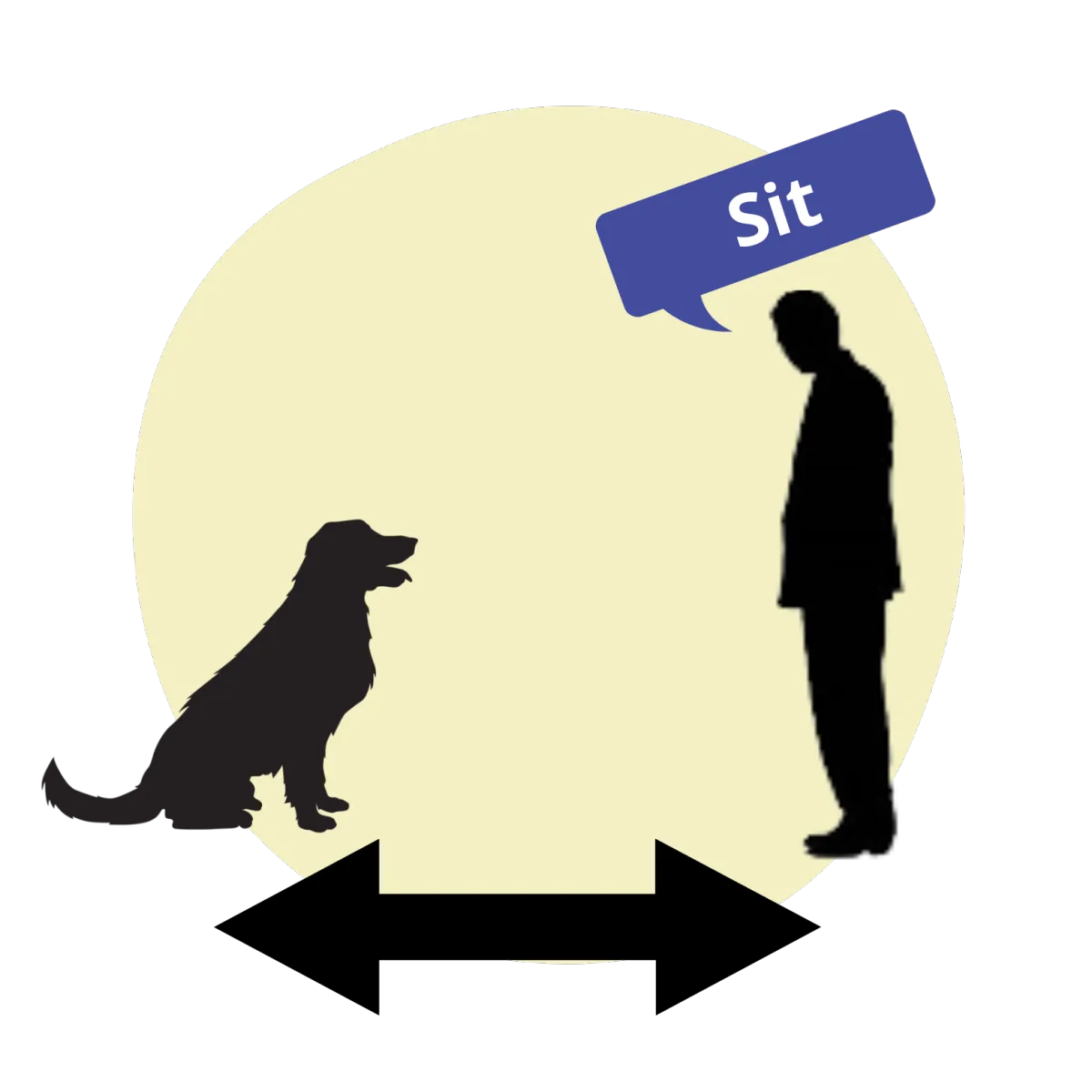
Distance
Your dog's ability to respond to cues from a distance.
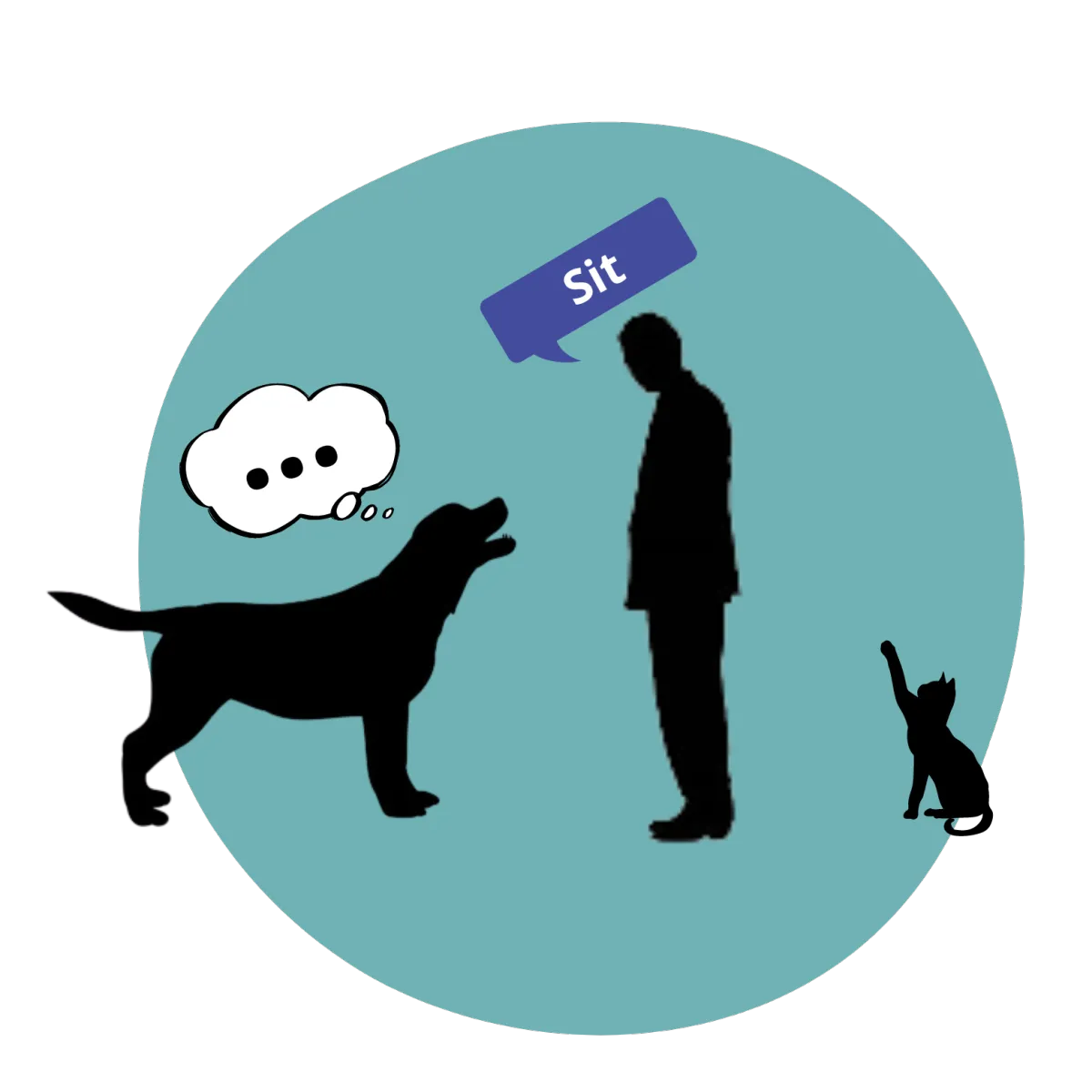
Distraction
How well your dog maintains focus despite distractions.

Duration
How long your dog can sustain a behavior.
Training Myth Busters
Let's set the record straight! Understanding the truth behind our misconceptions is crucial for effective training to happen.
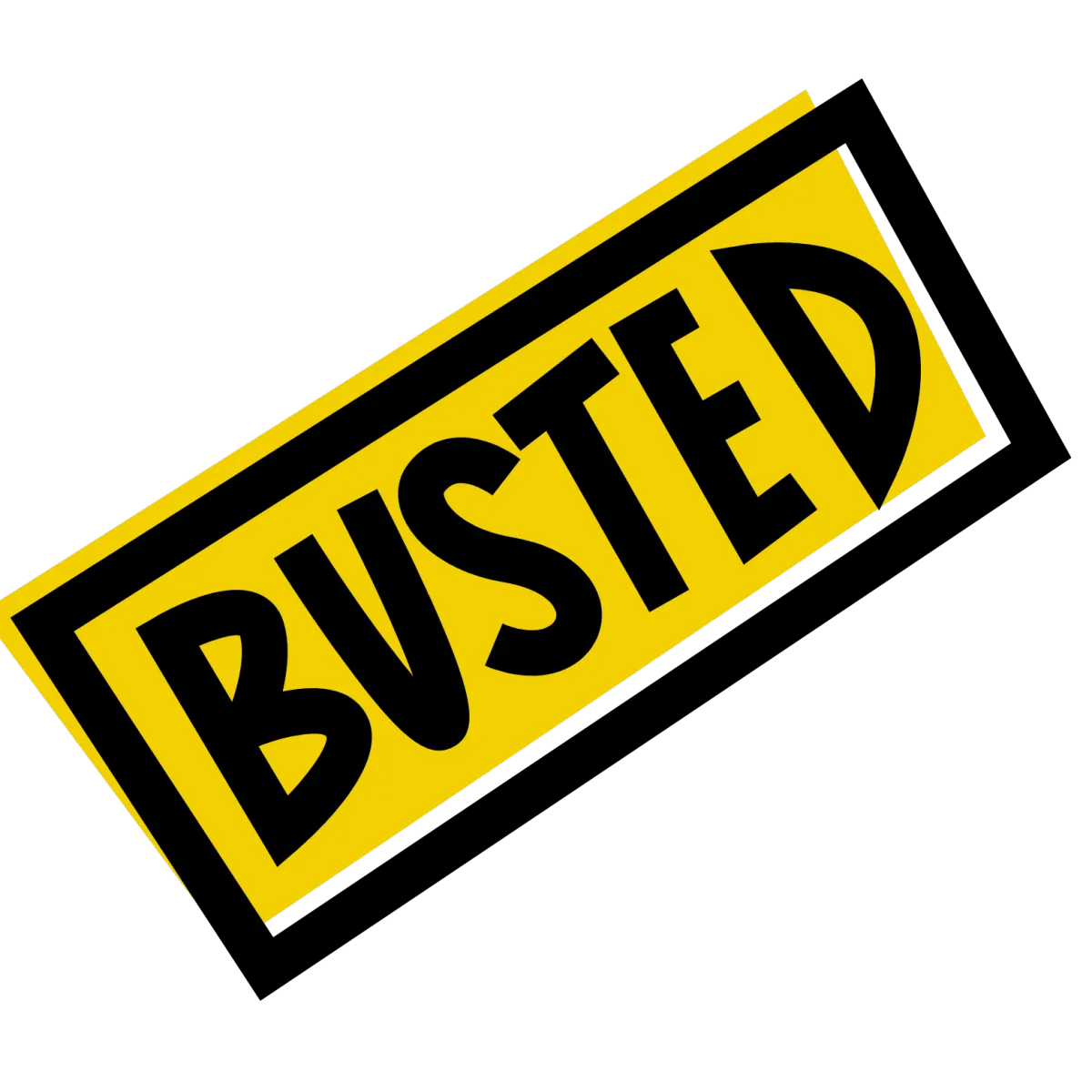
MYTH #1:
My dog knows what to do. He's just stubborn.
Dogs are not capable of being intentionally stubborn in the way humans are. When a dog doesn't respond, it's often due to factors such as lack of motivation, confusion around your request, and even needing more practice with certain skills. Additionally, a dog's physical and emotional state can impact their ability to respond. What we interpret as "stubborn" or "willfulness" is usually an indicator that our own expectations may be too high.

MYTH #2:
Training a dog takes a lot of time and effort.
While training does require some time and effort, it doesn't have to be a separate, time-consuming task. You can do short spurts of sessions when teaching new skills. And practicing these skills can be easily integrated into your daily routine and interactions with your dog. Simple cues like "sit" or "stay" can be practiced during meal times or when playing fetch. Leash manners can be practiced on your daily walks. Please keep in mind that getting a dog is a commitment, and training is a necessary aspect of dog ownership.

MYTH #3:
You can't teach an old dog new tricks.
Dogs of any age have the capacity to learn new behaviors. While older dogs may have established habits, their ability to learn and adapt remains intact. In fact, older dogs may even be more receptive to training as they have developed greater self-control and understanding over time. With positive reinforcement techniques, consistency, and a supportive environment, older dogs can successfully learn new skills and behaviors. It's important to approach training with a recognition of each dog's individual learning pace.
Seeking help with behavior challenges?
Contact Us:
In-Person Service Counties:
Essex, Morris, & Passaic counties
We are located in:
Parsippany-Troy Hills, NJ 07054
DISCLAIMER: Behavior modification is a collaborative process that depends on the consistent implementation of training techniques by the owner. While we specialize in fostering positive behavioral changes, no trainer can guarantee specific outcomes or "cure" a dog's behavior. As behavior is influenced by numerous factors, including environment and individual circumstances, the dog's behavior remains the responsibility of the owner.

© Copyright 2022. Born to Be Dog Training LLC.
All rights reserved.





